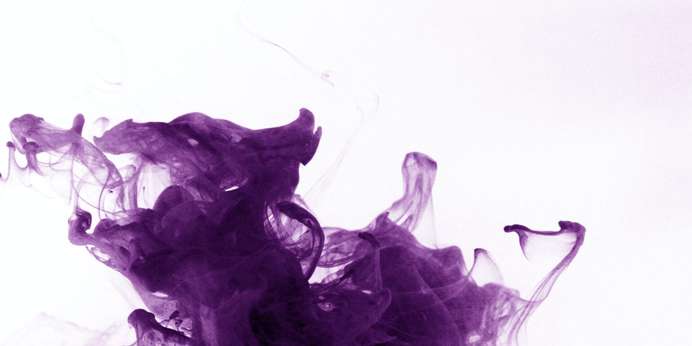
Purple is a regal color that symbolizes extravagance and wealth. It also has a mysterious side that provokes curiosity. Learn more about the facts, meaning and history of the color purple.
Facts About the Color Purple
Here are some facts about purple:
- The term “purple” has roots in the Latin “purpura,” the Old English “purpul” and the Greek “porphura.”
- In the United States, the highest honor for bravery in military service is the Purple Heart.
- William Henry Perkin accidentally created mauve — and the world’s first synthetic dye — during a failed chemistry experiment.
- The musician Prince often wore purple, so Pantone released a purple shade in his honor.
The History of the Color Purple
Around 3,000 years ago, the Ancient Phoenicians discovered how to make a rich purple dye that became more brilliant over time. Purple was worn exclusively by the upper class, and artists commissioned by the Catholic Church also depicted Jesus and the Virgin Mary in purple. This exclusivity made purple a rare color among commoners until the Age of Enlightenment. The symbols of the Church and State hierarchy were not as valued at this time, and synthetic pigments made purple more available.
Is Purple the Color for Royalty?
Purple as the royal color started with ancient monarchies. The color was difficult to produce, which made it expensive and available only to upper society. Rulers wore purple robes and used purple ink to sign their edicts. Some Roman emperors penalized their citizens by death for wearing purple garments. The use of purple among royalty decreased after the Byzantine empire fell in the 15th century.


